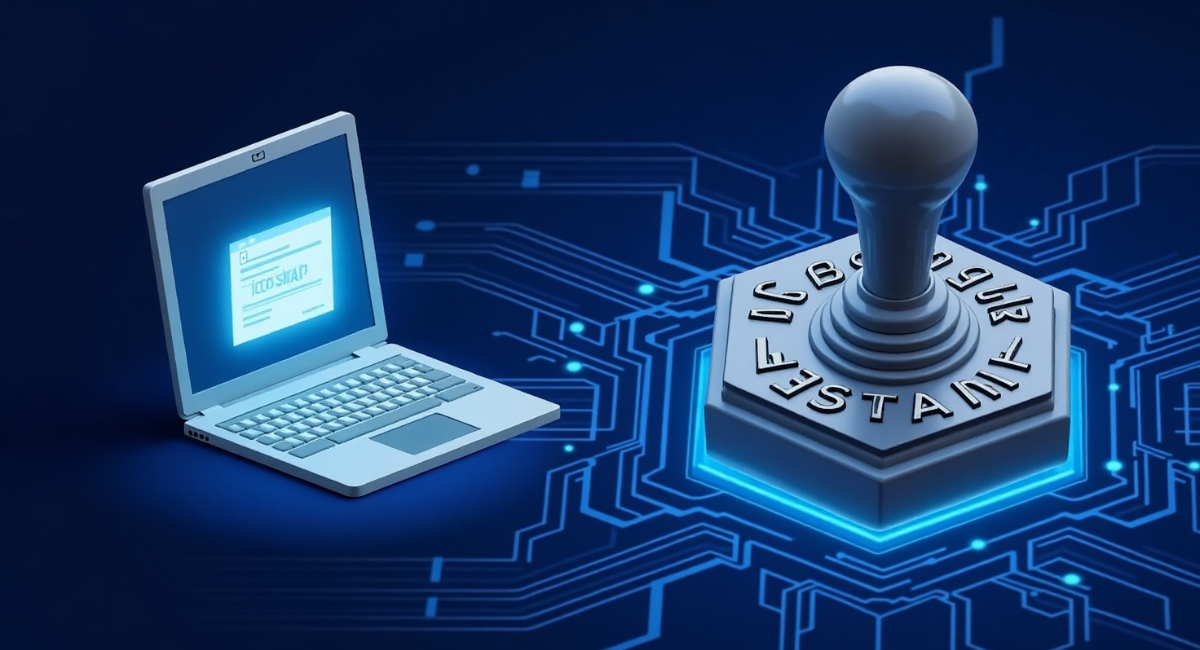ICOSTAMP is an innovative concept that merges the principles of blockchain technology with the need for secure and verifiable digital certification. The term “ICOSTAMP” can be interpreted in various ways, such as a combination of “ICO” and “Stamp. It may also refer to a specific company or product that focuses on providing digital certification services. The core purpose of ICOSTAMP is to enhance the authenticity and integrity of digital documents and assets through secure, verifiable means.
Key Features of ICOSTAMP
Tokenization & Smart Contracts
By converting physical or digital assets into tokens on a blockchain, ICOSTAMP ensures that each asset is uniquely identifiable and can be easily tracked.
Certification/Verification Services
It offers robust certification and verification services that ensure the authenticity of documents and digital assets. This feature is particularly valuable in industries where trust and verification are paramount, such as finance, legal, and supply chain management.
Unique Selling Points (USPs)
ICOSTAMP stands out due to its unique selling points, including enhanced security, transparency, and efficiency. By leveraging blockchain technology, It provides a tamper-proof solution that significantly reduces the risk of fraud and forgery.
Technology Stack
The technology stack behind ICOSTAMP typically includes blockchain platforms (such as Ethereum or Hyperledger), cryptographic algorithms for security, and user-friendly interfaces for easy access and interaction.
How ICOSTAMP Works
Step-by-Step Process
The process of using for issuing digital stamps for documents can be broken down into several steps:
Document Creation: Users create a digital document that requires certification.
Stamp Generation: It generates a unique digital stamp for the document, which is recorded on the blockchain.
Storage: The document and its associated stamp are securely stored, allowing for easy retrieval and verification.
Integration with Existing Systems
ICOSTAMP can be integrated with existing systems, such as document management software and enterprise resource planning (ERP) systems, to streamline the certification process and enhance overall efficiency.
Use Cases & Applications
Supply Chain Tracking: Verifying the provenance and authenticity of goods throughout the supply chain.
NFT or Digital Asset Stamping: Certifying ownership and authenticity of non-fungible tokens (NFTs) and other digital assets.
Fraud Prevention: Reducing the risk of fraud in various industries by providing verifiable digital stamps.
Benefits of ICOSTAMP
Security & Transparency
ICOSTAMP enhances security and transparency by utilizing blockchain technology, which provides a tamper-proof record of all transactions and certifications.
Cost Efficiency
By automating the certification process and reducing the need for intermediaries, It can lead to significant cost savings for businesses and individuals.
Decentralization
If it is blockchain-based, it benefits from decentralization, reducing the risk of single points of failure and enhancing overall system resilience.
Potential Challenges
Despite its advantages, It may face several challenges, including:
Adoption Barriers: Resistance to change and the need for education on blockchain technology may hinder widespread adoption.
Regulatory Compliance: Navigating the complex regulatory landscape surrounding digital certifications and blockchain technology can be challenging.
Technical Limitations: Scalability and interoperability with existing systems may pose technical challenges.
Future of ICOSTAMP
Upcoming Developments
The future of ICOSTAMP looks promising, with ongoing developments aimed at enhancing its features and expanding its applications across various industries.
Market Potential
As the demand for secure and verifiable digital certifications continues to grow, Significant market potential, particularly in sectors such as finance, legal, and supply chain management.
Conclusion
In summary, ICOSTAMP represents a revolutionary approach to digital certification, combining the security and transparency of blockchain technology with the need for reliable verification. Its unique features and applications position it as a valuable tool for businesses and individuals alike. As the landscape of digital certification evolves, further research and adoption can pave the way for a more secure and efficient future.

